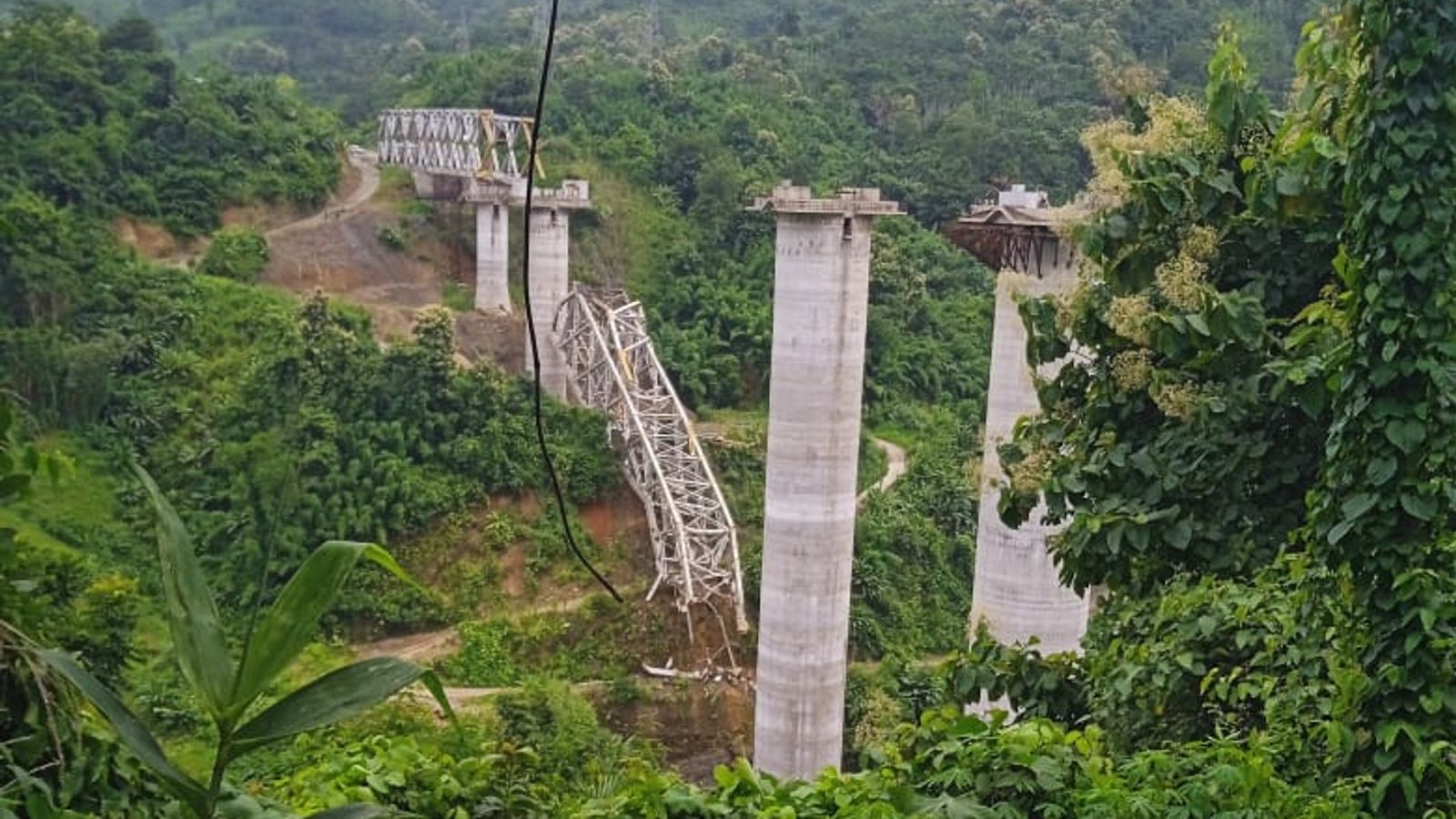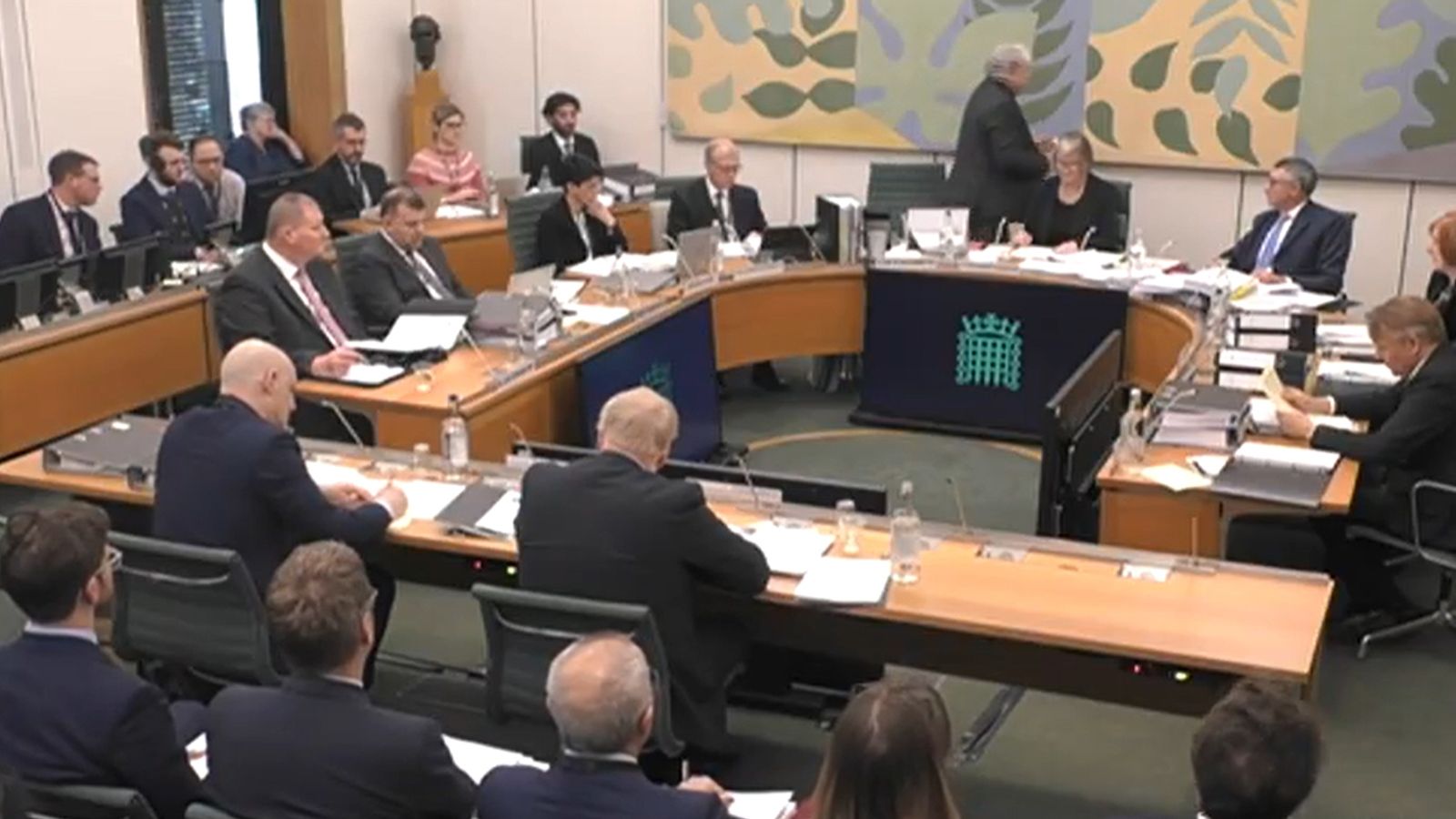Tens of thousands of Sydney residents have been ordered to evacuate after relentless rains triggered floods in low-lying suburbs for the fourth time in 18 months.
More than 20cm (8ins) of rain has fallen over many areas, with some hit by as much as 35cm (14ins) since Saturday.
An intense low-pressure system was forecast to bring more heavy rain to Australia’s east coast on Monday with the Bureau of Meteorology predicting another 10cm (4ins).
“The latest information we have is that there’s a very good chance that the flooding will be worse than any of the other three floods that those areas had in the last 18 months,” Emergency Management Minister Murray Watt told Australian Broadcasting Corp.
The weather could trigger flash floods and landslides, with river catchments already near full capacity after the La Nina
phenomenon, typically associated with increased rainfall, lashed Australia’s east coast over the last two years.
This naturally occurring phenomenon involves fluctuating ocean temperatures in the central and eastern equatorial Pacific, coupled with changes in the atmosphere, according to the World Meteorological Organisation.
Since Sunday, about 30,000 residents in New South Wales state have been told to either evacuate or warned they might receive evacuation orders.
Australian offshore processing designed ‘to dehumanise’, says artist who spent eight years in detention, as UK’s Rwanda scheme faces criticism
Rebel Wilson: Columnist admits ‘mishandling’ story about star’s relationship after being accused of outing her
Thousands of Italian mafia members operating in Australia, police say
Frustrated residents told of their “disbelief” in several suburbs in the west of Australia’s largest city after floods submerged homes, farms and bridges.
“It’s just devastating. We are in disbelief,” Camden Mayor Theresa Fedeli said.
“Most of them have just come out of the last flood, getting their homes back in place, their businesses back in place and unfortunately we are saying it is happening again.”
Some areas could approach or exceed the flood levels seen in March 2021, and in March and April this year, the weather bureau warned.
The risk of major flooding remained though the intense weather system may weaken later on Monday, it said.
“It has been a very difficult time for many months to have this flood event off the back of others. It makes it more challenging,” New South Wales Premier Dominic Perrottet said during a televised media briefing.
Paul O’Neill, a resident from flood-hit Wisemans Ferry, said he was taking food supplies by boat to his stranded family after rising waters cut off access.
“The road collapsed and hasn’t been fixed since the last floods, hasn’t been touched. So now they close our road access
and then the ferry, the only way to get home now is by boat,” Mr O’Neill told Reuters news agency.
Climate change is widely believed to be a contributing factor to the frequent severe weather events, the Climate Council said, adding Australia is “under-prepared”.








